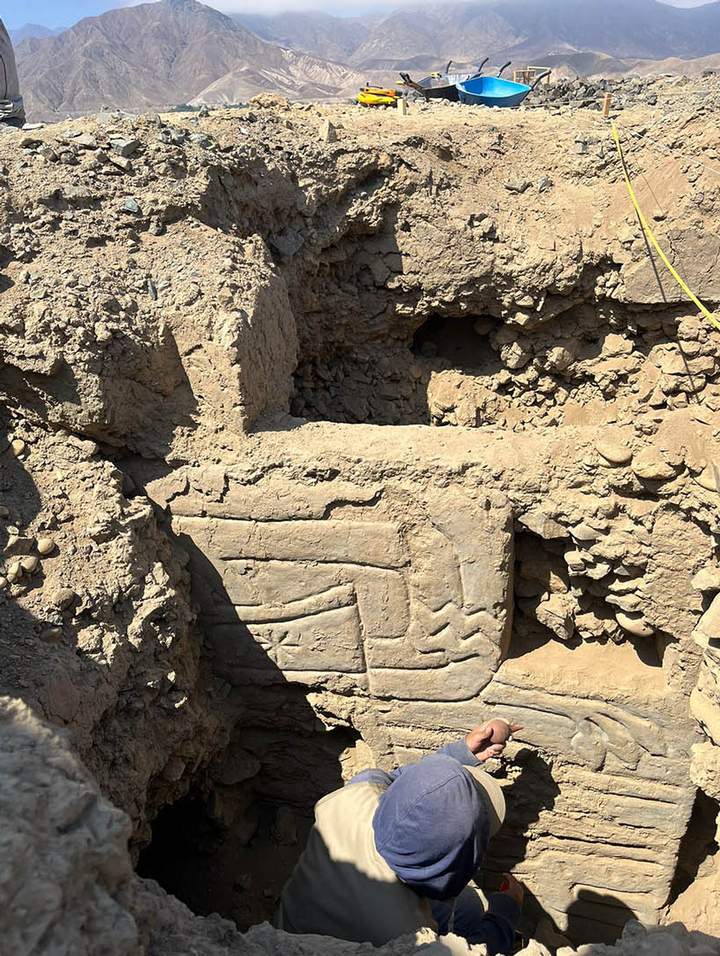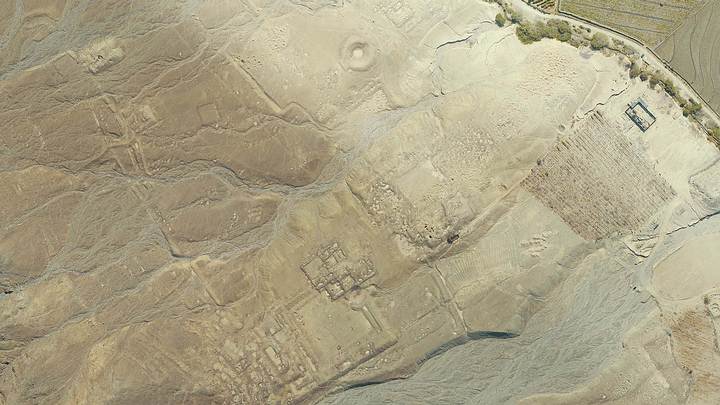Discover a 3,000-year-old mural in Peru featuring figures of fish, stars, and shamans.

The discovery, made in early July, is considered a milestone for local archaeology. “A mural with these characteristics has never been documented in the region before. The iconography, decorative techniques, and exceptional state of preservation make this a truly unprecedented find,” said Dr. Ana Cecilia Mauricio, an archaeologist at the Pontifical Catholic University of Peru (PUCP), who leads the research.
The mural dates back to the Formative Period (2000 to 1000 BCE) and, at the height of its splendor, was part of the courtyard of a ceremonial temple. It measures nearly 6 meters in length and 2.9 meters in height, featuring detailed iconography, including figures resembling fish caught in fishing nets, stars, and possible depictions of shamans—figures of great power during that period.

This discovery is crucial for understanding the cultural identity of the coast. Unlike the art of the Chavín civilization—a major contemporary center located in the highlands that depicted jaguars—the Huaca Yolanda mural reflects a typically coastal artistic tradition, centered on its relationship with the sea.
Despite its priceless historical value, the future of Huaca Yolanda is uncertain. The archaeological site lacks institutional protection and is at serious risk due to agricultural expansion, looting, and the absence of a perimeter fence.

For this reason, Dr. Mauricio has made an urgent appeal to the Ministry of Culture of Peru, regional authorities, and heritage preservation organizations to take immediate action. The goal is to protect the site and “preserve this rare window into a formative and sophisticated past” before it is too late.






